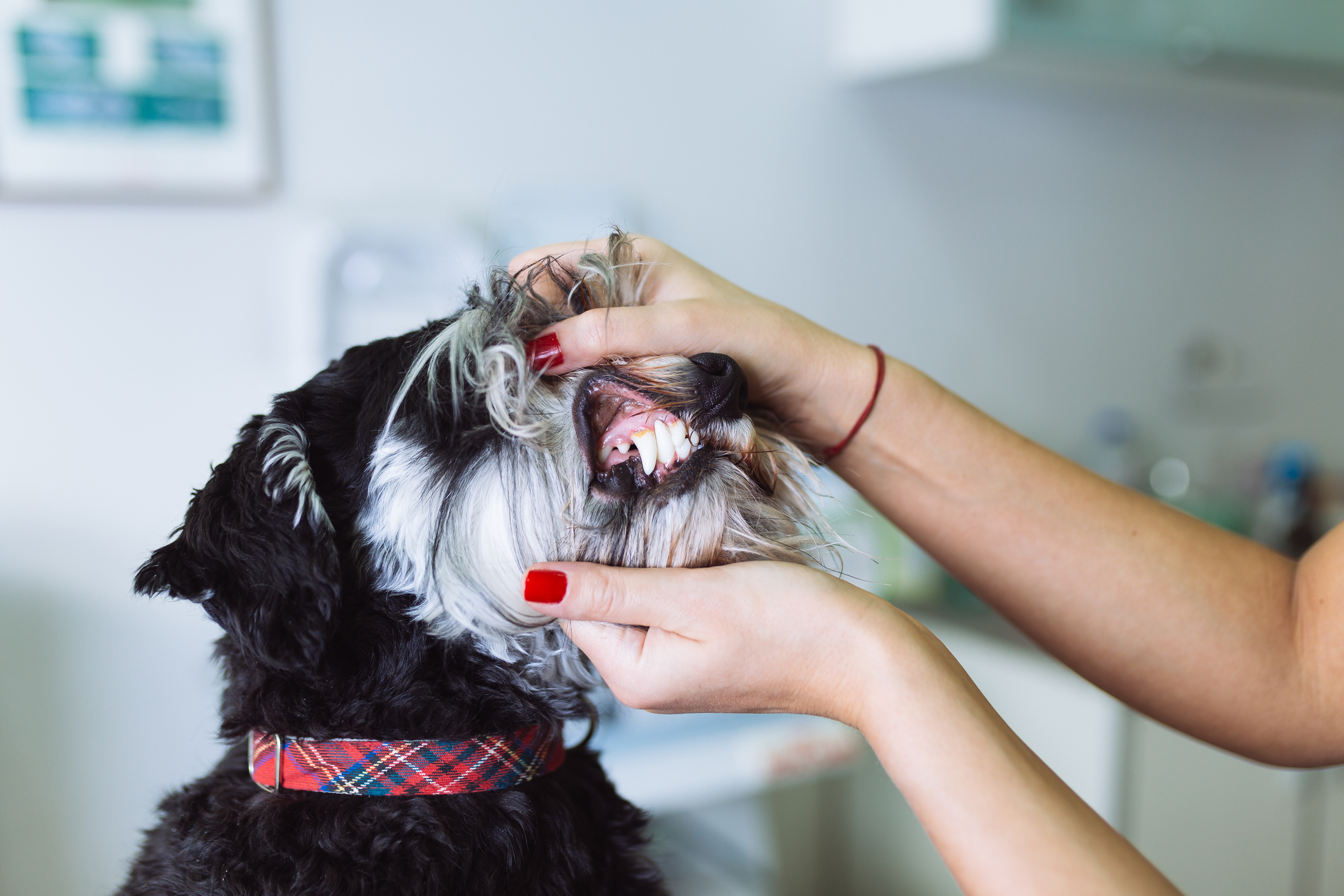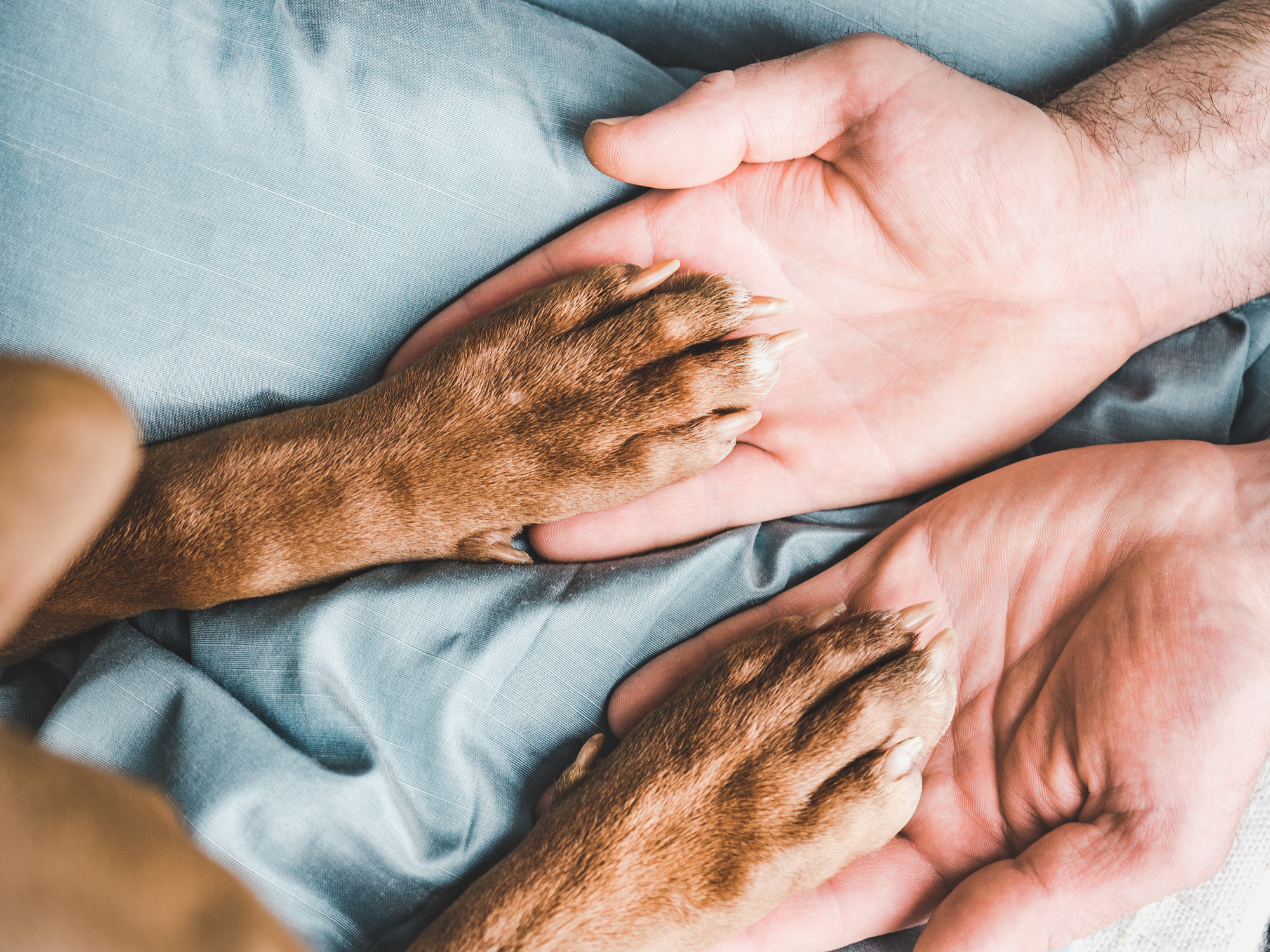
10 Steps to a DIY At-Home Pet Exam
Just like it’s important for humans to see the doctor around once a year for a health checkup, our pets should also visit the vet annually for an exam. However, unlike humans, our pets can’t communicate to us if something is wrong, which means illnesses that develop between these checkups might go unnoticed for long periods of time.
In order to ensure you’re staying on top of your pet’s health, it’s wise to conduct your own routine exams at home. DIY pet exams include a once-over of your pet’s body to help you identify lumps and bumps, infections and abnormalities. This can help you get help as soon as possible, instead of waiting until your pet’s annual exam.
Why do a DIY exam?
Giving your pet a brief physical exam once a month can clue you into an illness by forcing you to look closely at the places where symptoms are typically present. For example, if you’re not in the habit of touching your cat’s belly, you might miss the signs of a lump or infection on the skin.
Routine exams also help you establish a baseline, or determine what is normal for your pup or cat. Then, you’ll be able to identify changes more easily during exams in the future and discuss them with your vet.
How to give your pet a DIY exam
It’s best to conduct a DIY pet exam when your pet is relaxed—not hyped up or fearful. This makes it easier to palpate and examine their entire body without struggle or stress. Try to feed your furry friend or play with them before the exam to help them get sleepy. Also, wash your hands thoroughly before beginning.

When your pet is ready, sit them on your lap or in front of you and begin to examine them from head to toe.
- Examine the face: To start, look closely at the features of your pet’s face. The pupils of your pet’s eyes should be even, and the whites of their eyes should be white, not pink or red. Also look for the presence of eye discharge. Some cats will have discharge due to allergies, but colorful discharge is generally abnormal. Then, look at the nose, checking for signs of discharge or debris. Cats’ and dogs’ noses can shift between moist and dry, but they should not be cracked or bleeding.
- Check the mouth and jaw: If your pet will tolerate their mouth being touched, look under the lips at the teeth and gums. The gums should be pink and moist, not pale, bright red, blue or white, nor should they be sticky. If you can see inside the mouth, note any debris or lesions present on the roof of the mouth or the tongue. Check for oddly bad breath. Finally, feel along the jawline and lymph nodes to note any swelling or lumps.
- Look in the ears: Peek into your pet’s ears and note any debris, excessive wax buildup or discoloration. If discharge, redness or swelling are apparent, your pet may have an ear infection.
- Check the paws: Take a look at each of your dog’s or cat’s paws, looking for signs of dryness, cracking, wounds, bleeding or infection. Make sure the paws are similar in size and not swollen. Check the length of your pet’s claws and trim them if necessary.
- Palpate the stomach: Gently press on your pet’s stomach and chest to check for lumps or bumps and note any firmness. Take note of your pet’s behavior when you do this, especially signs of discomfort or pain.
- Examine the skin and coat: Run your hands along the entirety of your pet’s body, feeling for lumps, bumps or wounds. Look closely at the appearance of your pet’s fur as you do this, taking note if it looks greasy, dry or dull. Part the hair at numerous places on the body and check the skin, looking for redness, inflammation, flaking or crusting.
- Listen to the breath: Sit back and listen to your dog or cat breathe. Is their breathing rapid or labored? Do they may noise when they breathe? Are they panting heavily during this period of rest? Any of these may indicate a respiratory issue.
- Check their weight: If you have an appropriate scale and your pet will allow you to, weigh your cat or dog and log the results. Check against these results during the next DIY exam to ensure your pet is not gaining or losing a lot of weight month to month.
- Take their temperature: Lubricate a digital rectal thermometer and insert it approximately one inch into your pet’s rectum to get their temperature. Most cats and dogs should have a temperature between 99.5 and 102.5 degrees F (37.5 to 39 degrees C). This may not be necessary during every at-home exam, but when your pet is showing signs of illness.
- Give them a good look: Stand back and observe your pet from a slight distance. See how they hold themselves, note their body language and observe any problems with movement, such as stiffness or lameness.

DIY pet exams don’t have to take a long time. In fact, they’re an extremely quick and easy way to gauge your pet’s health! If you notice anything strange when examining your pet, call your vet to schedule a visit. You just may have spared your pet from a period of pain or discomfort!


